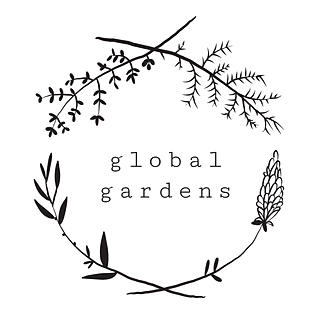WILDLIFE IN THE GARDEN
- Global Gardens
- Oct 3, 2020
- 1 min read

This weekend, we were joined by ecologist Elliott Hughes, who gave a short talk on creating space for wildlife in the gardens.
Elliott highlighted how creating a garden full of native flowering plants can help support pollinators. Planting a range of early through to late flowering plants will make sure pollinators can access nectar and pollen throughout the year. He also recommended sowing wildflowers and leaving patches within the garden lawn go to seed.
Alongside planting pollinator friendly plants, Elliott highlighted how we can support birdlife in the garden by installing bird feeders (and making sure they are well stocked with bird-friendly seeds), creating bird baths (out of the way of prowling cats) and, if possible, by installing bird boxes.
Alongside birds, Elliott also highlighted the important role bats can play in creating a balanced ecosystem (including by eating midges) and encouraged installation of bat boxes, alongside bird boxes. At the end of the session, Elliott also helped us install a bat box on the Poplar tree in the outdoor play area.
Creating hedgehog homes and keeping metal sheeting in quieter patches can attract sloe worms. Both of which are key allies in defence against slugs!












Comments